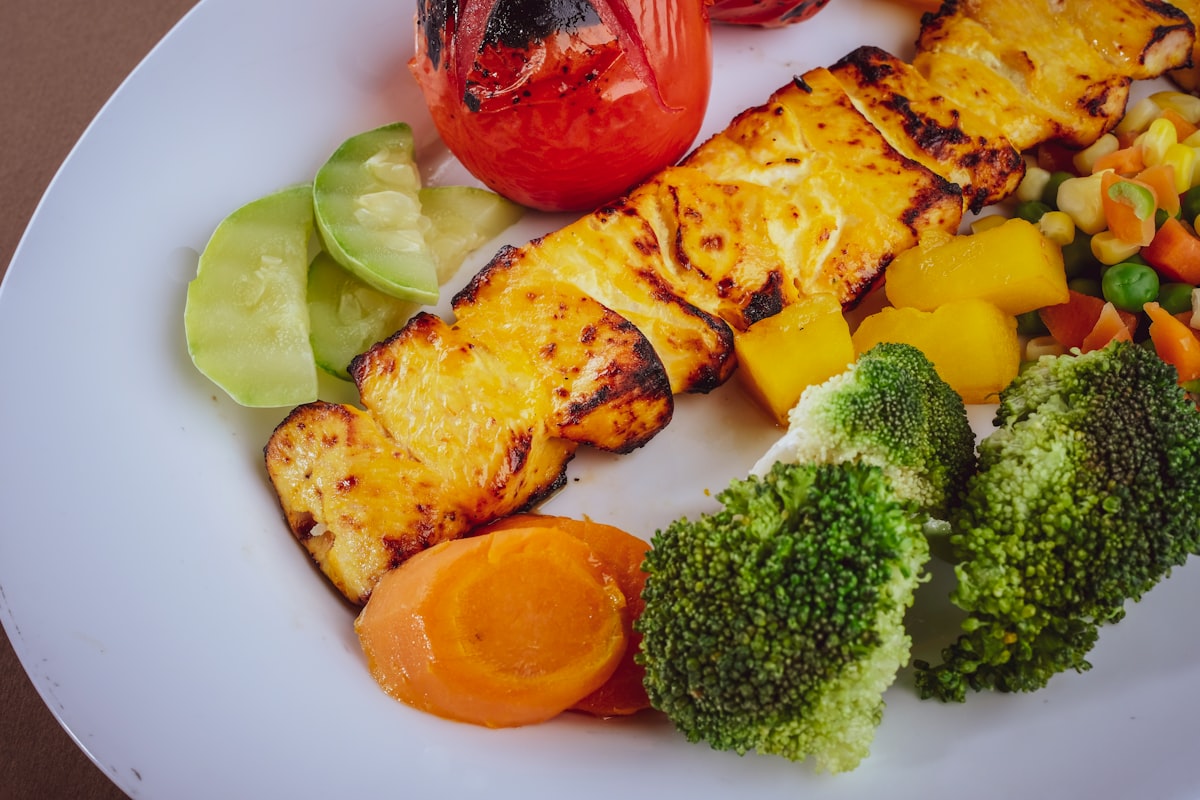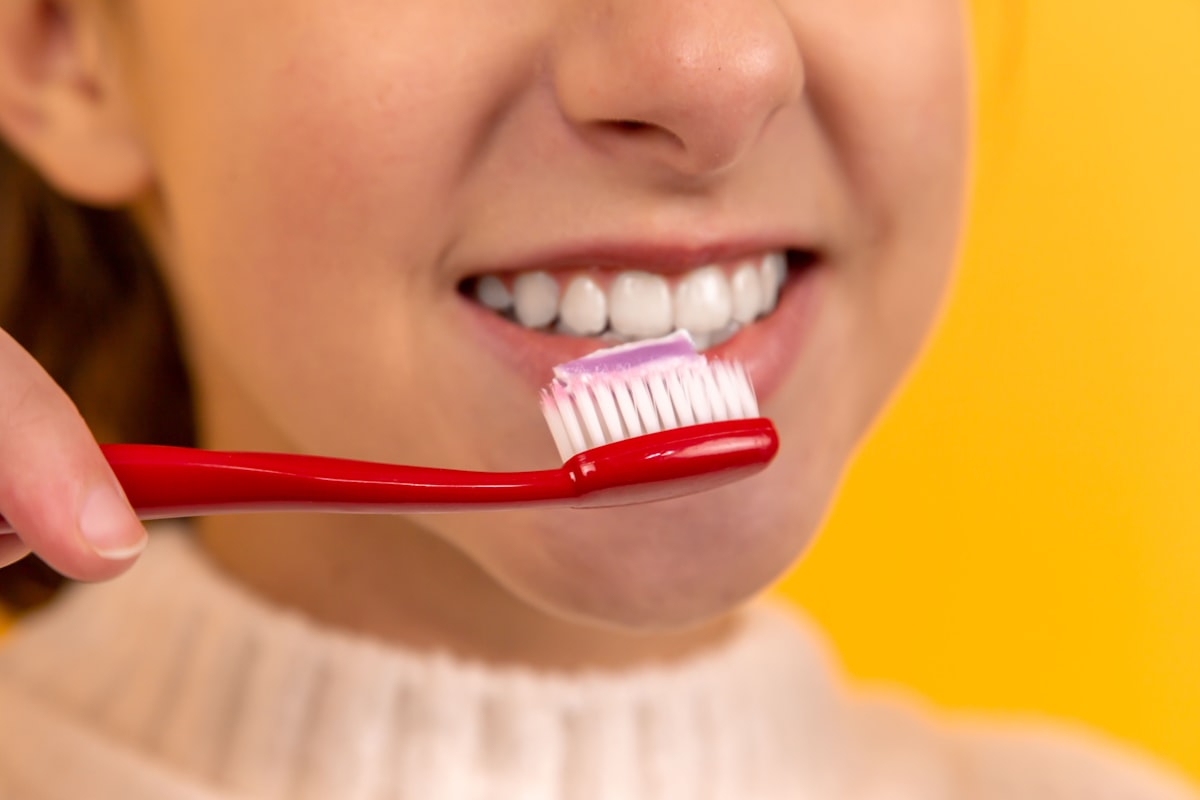·
Diet
Here are some key points of diet in IGCSE biology curriculum:
- Most animals need seven types of nutrient in their diet;
- carbohydrates
- proteins
- fats
- vitamins
- minerals
- water
- fiber
- A diet which contains all of these things, in the correct amounts and proportions, is called a balanced diet.
- Food is needed for energy and nutrient supply.
- Vitamins are organic substances which are only needed in tiny amounts.
- Minerals are inorganic substances, which are only needed in small amounts.
- Fiber helps to keep the alimentary canal working properly.
- Peristalsis= when food moves along the alimentary canal because of the muscles contracting and relaxing, squeezing it along.
- Saturated fat= fat found in animal foods.
- coronary heart disease= when plaque and fatty deposits build up inside the coronary arteries. These can cause a blood clot, which results in a heart attack.
- Kwashiorkor= malnutrition caused by the lack of protein in the diet.
- Marasmus= malnutrition caused by severe shortage of energy in the diet.

Digestion
Let's read the highlights of digestion in IGCSE biology listed below!
- Alimentary canal= long tube running from one end of a mammal's body to the other.
- Amylase breaks down starch. Simple sugars are produced.
- Protease breaks down protein. Amino aicds are produced.
- Lipase breaks down fat. Fatty acids and glycerol are produced.
- Mechanical digestion= the breakdown of food into smaller pieces without chemical change due to the food molecules.
- Chemical digestion= the breakdown of large insoluble molecules into small soluble molecules.
- Ingestion= taking of substances, e.g. food and drink, into the body through the mouth.
- Digestion= large, insoluble molecules of food are broken down to small molecules.
- Absorption= the movement of small food molecules and ions through the wall of the intestine into the blood.
- Egestion= the passing out of food that has not been digested or absorbed, as faeces, through the anus.
Teeth
In IGCSE biology curriculum, there are some important ideas of teeth that you may need to know:
- The root of the tooth is embedded in the gum.
- The part of the tooth which can be seen is the crown.
- The crown is covered by enamel. Enamel is the hardest substance made by animals; however, it can be dissolved by acids.
- Dentine is a layer of like-bone under enamel. It is quite hard.
- The pulp cavity is in the middle of the tooth. It contains nerves and blood vessels; these supply the cytoplasm in the dentine with food and oxygen.
- Cement covers the root of the tooth.
- Most mammals have four kinds of teeth - incisors, canines, premolars and molars.
- Incisors are sharp-edged, chisel-shaped teeth at the front of the mouth; they are used for biting off pieces of food.
- Canines are more pointed teeth, at either side of the incisors.
- Premolars and molars are the large teeth towards the back of the mouth; they are used for chewing food.
- If sugar is left on the teeth, bacteria in the plaque will feed on it. They use it in respiration, changing it into acid.
- There are several easy things which you can do to keep you teeth and gums healthy and free from pain:
- don't eat too much sugar
- use fluoride toothpaste regularly
- make regular visits to the dentist.

The end of part I ! (remember to read part II)

Drafted by Gina (Biology)

